Do you lie awake at night wondering “why can’t I get a good night’s sleep?” Or do you keep waking up in the middle of the night, unable to fall back asleep? Then you just might be suffering from dyssomnia. Let’s explore what is dyssomnia and how you can overcome it.

In this article, we will explore the different causes of dyssomnia as well as dyssomnia treatment options for patients. We will also explore, the types of dyssomnia as well as learn how dyssomnia vs parasomnia can be compared.
What is Dyssomnia?
Dyssomnia refers to various sleep disorders that disrupt a person’s ability to achieve restful sleep and maintain a consistent sleep pattern. Someone suffering from this condition may find it difficult to fall asleep, have an irregular sleep schedule and wake up repeatedly during the night. It can leave someone feeling moody, exhausted, unable to concentrate during the day and experience a loss of energy.
For instance, imagine you’re trying to read a book in a room with a flickering light bulb. Each flicker of the light interrupts your reading, making it challenging to concentrate and enjoy the book fully.
Similarly, dyssomnia interrupts the natural flow of sleep, causing –
- Difficulties in falling asleep
- Frequent awakenings during the night
- Irregular sleep patterns
- Non-restorative sleep
These disruptions can significantly impact a person’s overall sleep quality and well-being, leading to fatigue, irritability, and a decreased ability to function effectively during the day.However, by seeking professional help and developing better sleep habits you can improve your sleep quality.

“Insomnia” (2002) is a film directed by Christopher Nolan that explores the theme of sleep deprivation and its psychological consequences. It shows the concept of dyssomnia in a truly terrifying way. This psychological torment is a key element of dyssomnia, as individuals often grapple with the emotional toll of disrupted sleep patterns.
The film delves into the effects of sleep deprivation on Dormer’s mental state, leading to hallucinations, paranoia, and moral dilemmas. His lack of sleep becomes a central element of the plot, affecting his judgment and decision-making as he grapples with guilt over a tragic mistake.
Causes of Dyssomnia

The causes of dyssomnia are diverse and can include various factors that disrupt an individual’s ability to initiate or maintain sleep. These factors can be categorized into different groups:
Internal Factors
Some dyssomnia sleep disorders stem from within the body itself, often involving dysfunction in the body’s internal sleep regulation mechanisms. Conditions such as restless leg syndrome, periodic limb movement disorder, and certain types of insomnia fall into this category.
External Influences
External factors can also contribute to dyssomnia. These may include lifestyle choices, sleep hygiene practices, and exposure to stressors that interfere with the sleep-wake cycle. Conditions like nocturnal eating syndrome can result from external influences.
Mental Health
Mental health challenges, such as depression and anxiety, frequently intersect with dyssomnia sleep disorders. Individuals dealing with these conditions may struggle to achieve restorative sleep, exacerbating their mental health challenges.
Read More: Why Is Mental Health Awareness Important?
Shift Work
Work-related factors, especially night shifts and irregular work schedules, can significantly impact sleep patterns. This can lead to the development of “shift work sleep disorder,” where individuals find it challenging to maintain a consistent and restful sleep routine due to their work demands.
Circadian Rhythm Disruptions
Dyssomnia can also arise from disruptions to the body’s circadian rhythms, particularly when work or travel schedules do not align with traditional day and night hours. This can lead to difficulties falling asleep and staying asleep, similar to the effects of jet lag.
According to studies, conditions like depression or anxiety frequently intersect with dyssomnia sleep disorders. A person wrestling with these mental health challenges may struggle to find restorative sleep.
Related: What Is Body Clock? 12 Ways It Affects Our Health
However, there’s a more sobering aspect to consider. The world of work, especially when it involves night shifts, can significantly impact the sleep narrative. This brings us to the critical issue known as “shift work sleep disorder.”
Types Of Dyssomnia
The following are the three major types of dyssomnia sleep disorders:
1. Intrinsic Sleep Disorders
Intrinsic sleep disorders are conditions that originate from within the body and can disrupt sleep patterns. These disorders are typically not caused by external factors but rather by some malfunction in the body’s internal sleep regulation.
Common intrinsic sleep disorders that you may encounter are as follows:
1. Restless Leg Syndrome
Restless Leg Syndrome is typified by an irresistible urge to move the legs, often accompanied by discomfort that may start in the lower limbs and extend throughout the leg. This persistent restlessness can pose a significant challenge to falling asleep.
2. Sleep Apnea

Sleep Apnea is a condition in which the upper airway becomes obstructed during sleep, resulting in episodes of waking up abruptly while struggling to breathe. It is commonly associated with loud snoring and can lead to excessive daytime sleepiness and fatigue.
3. Insomnia
Insomnia can manifest as either acute or chronic and may persist for extended periods, often stemming from various causes. Primary insomnia, which lacks an external trigger, can be particularly challenging to identify. It disrupts the ability to initiate or maintain sleep, frequently resulting in early awakenings and daytime fatigue.
Read More: How To Sleep Better When You Have Insomnia
4. Periodic Limb Movement Disorder
It is characterized by involuntary limb movements during sleep, which can include jerking, twitching, or repetitive flexing of the arms and legs. These movements can occur several times per minute, leading to fragmented and disrupted sleep, ultimately causing daytime tiredness.
2. Extrinsic Sleep Disorders
Extrinsic dyssomnia sleep disorders, on the other hand, are influenced by external factors that can have a significant impact on one’s sleep patterns. There are external factors that influence the way your sleeping patterns are defined.
Research suggests that neglecting these sleep hygiene practices can negatively affect the quality of sleep, potentially leading to sleep disturbances and daytime sleepiness.
Nocturnal Eating Syndrome is a condition that can often co-occur with insomnia. Individuals with NES experience episodes of waking up multiple times during the night to consume food.
3. Circadian Rhythm Sleep Disorders
Circadian Rhythm Sleep Disorders can affect you if your work shifts don’t align with the traditional hours of day and night. If you work night shifts or have an irregular schedule, you might find it hard to fall and stay asleep.
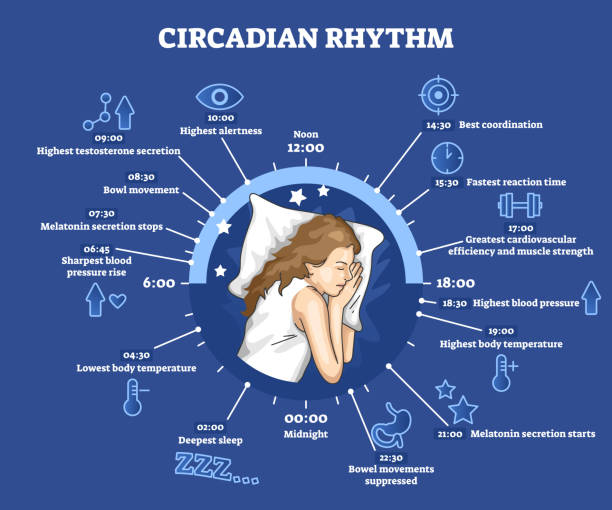
These types of sleeping disorders can be particularly challenging for you to manage, and you may also encounter similar disruptions when dealing with jet lag due to long-distance travel.
1. Shift Work Sleep Disorder
One common circadian rhythm sleep disorder arises from irregular work schedules, such as night shifts or rotating shifts. These shifts can throw your body out of sync with the typical waking and sleeping hours, making it challenging to fall asleep or maintain restful sleep. The severity of symptoms can vary based on the frequency and length of shifts.
2. Jet Lag Disorder
Jet lag occurs when you rapidly cross multiple time zones, disrupting your usual sleep-wake routine. To mitigate its effects, experts recommend adjusting your sleep schedule in the days leading up to your trip to align with the destination’s light-dark schedule. Upon arrival, exposing yourself to natural daylight in the morning and avoiding light exposure in the evening can aid in your body’s adjustment.
3. Delayed Sleep Phase Syndrome
More prevalent among adolescents, delayed sleep phase syndrome entails falling asleep and waking up later than typical bedtime hours. For those with early morning commitments, such as school or work, daytime grogginess is common. Unfortunately, individuals with this disorder often struggle to fall asleep earlier, even when desired. Treatment options include light therapy and melatonin supplements before bedtime.
4. Advanced Sleep-Phase Syndrome
On the contrary, advanced sleep-phase syndrome prompts individuals to fall asleep and wake up significantly earlier than usual. This disorder is more frequent among older adults. To combat early waking due to sunlight, sleep masks and light-blocking goggles can be beneficial.
5. Non-24-Hour Sleep-Wake Disorder
A less common disorder, non-24-hour sleep-wake disorder is diagnosed when an individual’s natural sleep-wake cycle extends beyond the standard 24-hour day. Daily sleep and wake times may shift between one and two hours, making it challenging to synchronize with societal schedules. Interestingly, a significant percentage of individuals who are blind experience this disorder, which presents its own unique challenges in managing sleep patterns.
Dyssomnia Vs Parasomnia
When it comes to sleep disorders, two terms that often come up are dyssomnia and parasomnia. These are both primary sleep disorders, but they involve different types of sleep disturbances and have distinct characteristics.
Dyssomnia is a type of primary sleep disorder that revolves around difficulties in falling asleep or staying asleep. Individuals with dyssomnia face various challenges related to their sleep patterns.
Symptoms of Dyssomnia
- Trouble falling asleep
- Regularly taking more than 30 minutes to fall asleep
- Difficulty waking up in the morning
- Frequent nighttime awakenings
- Waking up too early and being unable to return to sleep
- Feeling tired upon waking
- Excessive daytime sleepiness
Dyssomnia is typically linked to internal factors, external influences, or disruptions to the body’s internal clock. Diagnosis often involves a thorough evaluation of an individual’s sleep patterns, lifestyle, and medical history.
Now, let’s shift our focus to parasomnia, another primary sleep disorder. Unlike dyssomnia, parasomnia is characterized by abnormal activities during sleep. These activities can range from sleepwalking and sleep terrors to other unusual physical events during sleep.
Symptoms of Parasomnia
- Difficulty sleeping through the night
- Disorientation upon waking
- Daytime tiredness
- Unexplained cuts or bruises after sleep
Dyssomnia Vs Parasomnia represent two distinct categories of primary sleep disorders. Dyssomnia primarily involves difficulties with sleep initiation and maintenance, with various underlying causes, including internal dysfunction, external factors, or disruptions to circadian rhythms.

On the other hand, parasomnia is characterized by abnormal activities during sleep, which can be further divided into non-REM and REM parasomnia. It often has a genetic component.
Read More: Parasomnias: 10 Causes, Signs, Treatment And Coping Tips
Both dyssomnia and parasomnia can significantly impact an individual’s sleep quality and overall well-being. Accurate diagnosis and appropriate treatment are essential for managing these sleep disorders effectively. If you or someone you know experiences sleep disturbances, seeking guidance from a healthcare professional is the first step toward a restful night’s sleep.
Dyssomnia Treatment
Struggling with dyssomnia can feel like a nightly battle, but there is hope. The course of treatment recommended by your healthcare provider can vary depending on the specific type of dyssomnia you are facing.
1. Cognitive Behavioral Therapy
If you find yourself tossing and turning at night due to anxiety around falling asleep, cognitive behavioral therapy (CBT) could be a game-changer. CBT is a structured, evidence-based approach that can help you identify behavior patterns that affect your sleep.

Additionally, it can help you change negative thought patterns and behaviors related to sleep. Working with a therapist, you’ll learn valuable techniques to manage anxiety and improve your sleep quality.
2. Relaxation Exercises
Managing stress levels is crucial when tackling dyssomnia. Relaxation exercises, such as deep breathing, progressive muscle relaxation, or meditation, can be powerful tools in your sleep improvement toolkit. These exercises can help calm your mind and body, making it easier to drift into a peaceful slumber.
3. Bright Light Therapy
For those struggling with circadian rhythm sleep disorders, particularly with irregular sleep schedules, bright light therapy can be a ray of hope. Exposure to bright light, especially in the mornings, can help reset your internal clock. This therapy can effectively synchronize your sleep-wake cycle with your desired schedule.
4. Continuous Positive Airway Pressure (CPAP)
Individuals diagnosed with sleep apnea, a specific type of dyssomnia, may benefit from using a CPAP machine. This device delivers a continuous stream of air to keep airways open during sleep, preventing interruptions in breathing. It’s a vital tool for managing sleep apnea and improving overall sleep quality.
5. Balanced Diet and Active Lifestyle

A balanced, nutritious diet and an active lifestyle can contribute to better sleep. Regular exercise, when done earlier in the day, can promote restful sleep, while a well-rounded diet supports overall well-being, including sleep quality.
Hope For The Future
Sleep is meant to be a sanctuary, a place where we find solace and rejuvenation. Yet, for many, it can become a battleground.
Under its broad umbrella, dyssomnia reveals various types, each with its unique characteristics and underlying causes. Whether you’re contending with restless leg syndrome, sleep apnea, insomnia, or periodic limb movement disorder, understanding what dyssomnia is marks the crucial first step toward finding effective solutions and regaining control over your sleep patterns.
There’s a wealth of treatment options available, from cognitive behavioral therapy to relaxation exercises, bright light therapy, CPAP machines, and lifestyle adjustments. Each step you take brings you closer to a restful tomorrow.
Your journey through the maze of dyssomnia may have been arduous, but the promise of a restful tomorrow awaits, and with it, a brighter and more energized day.
Frequently Asked Questions (FAQs)
1. What is Dyssomnia?
Dyssomnia is a term for various sleep disorders causing difficulties in falling or staying asleep, disrupting the natural sleep-wake cycle.
2. What are types of dyssomnia sleep disorders?
The major types of dyssomnia include intrinsic (e.g., Restless Leg Syndrome), extrinsic (e.g., Nocturnal Eating Syndrome), and circadian rhythm sleep disorders (e.g., shift work sleep disorder).
3. What are the causes of dyssomnia?
Causes of dyssomnia vary, from internal factors like sleep apnea to external factors like irregular work schedules.
4. What are the dyssomnia treatment measures?
Treatment measures for dyssomnia include cognitive behavioral therapy, relaxation exercises, bright light therapy, CPAP machines, and lifestyle adjustments.
5. What are the symptoms of dyssomnia sleep disorders?
Symptoms of dyssomnia include trouble falling asleep, frequent nighttime awakenings, early morning awakenings, and excessive daytime sleepiness. Specific symptoms may vary depending on the type of dyssomnia.


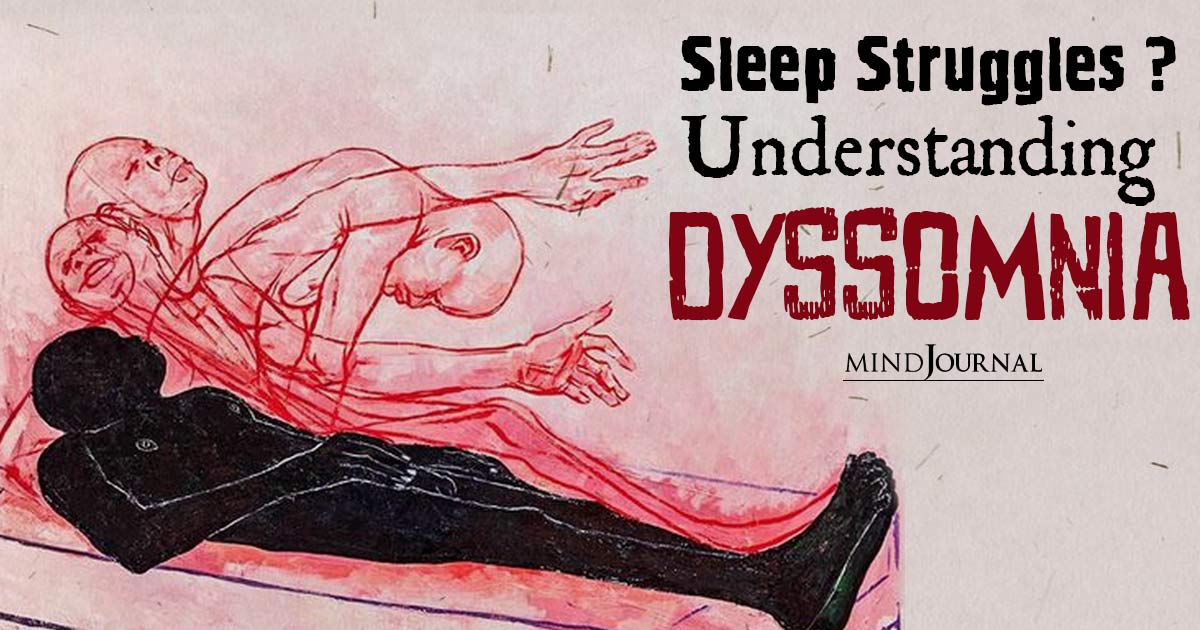


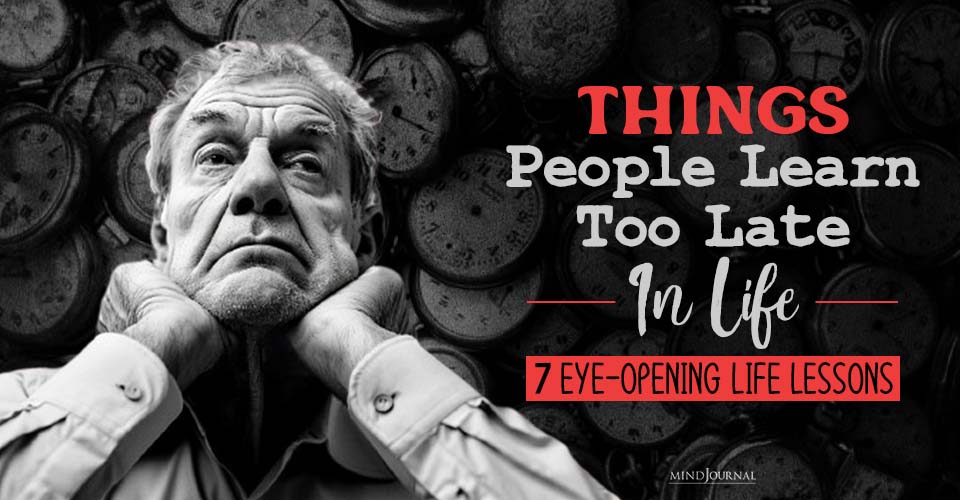

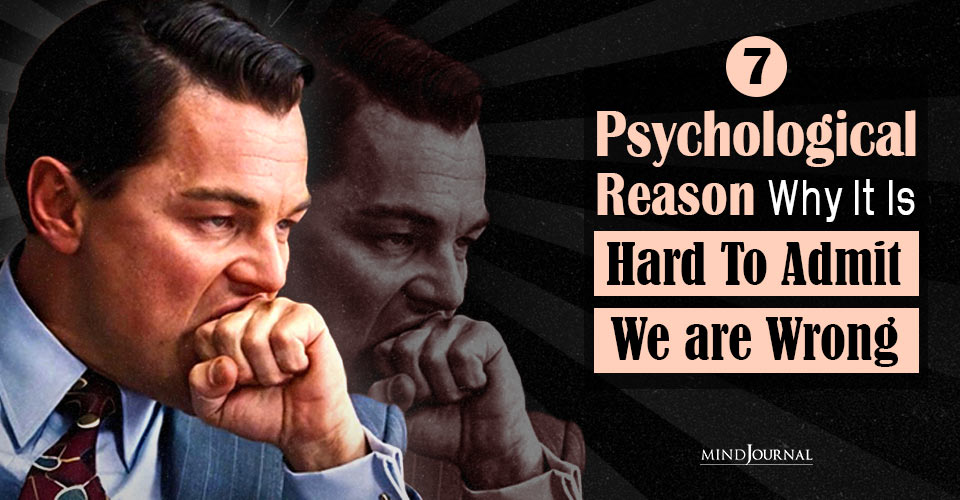
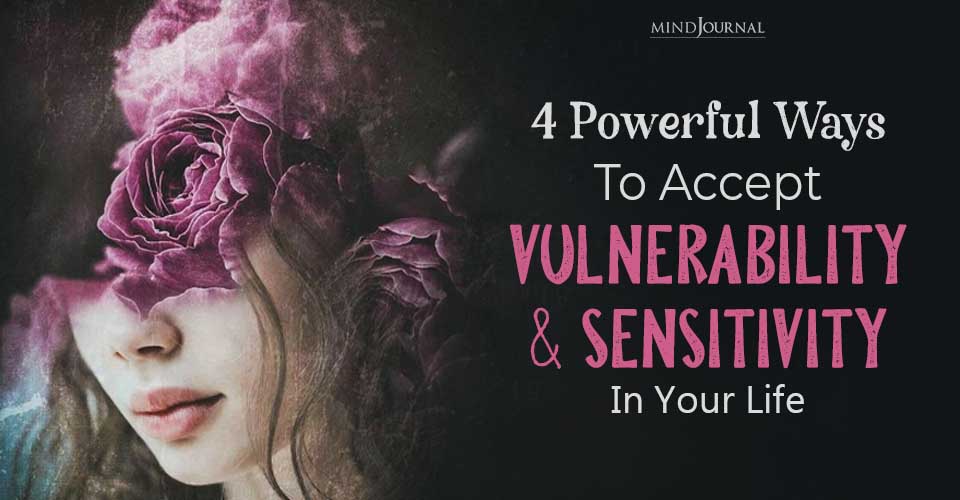
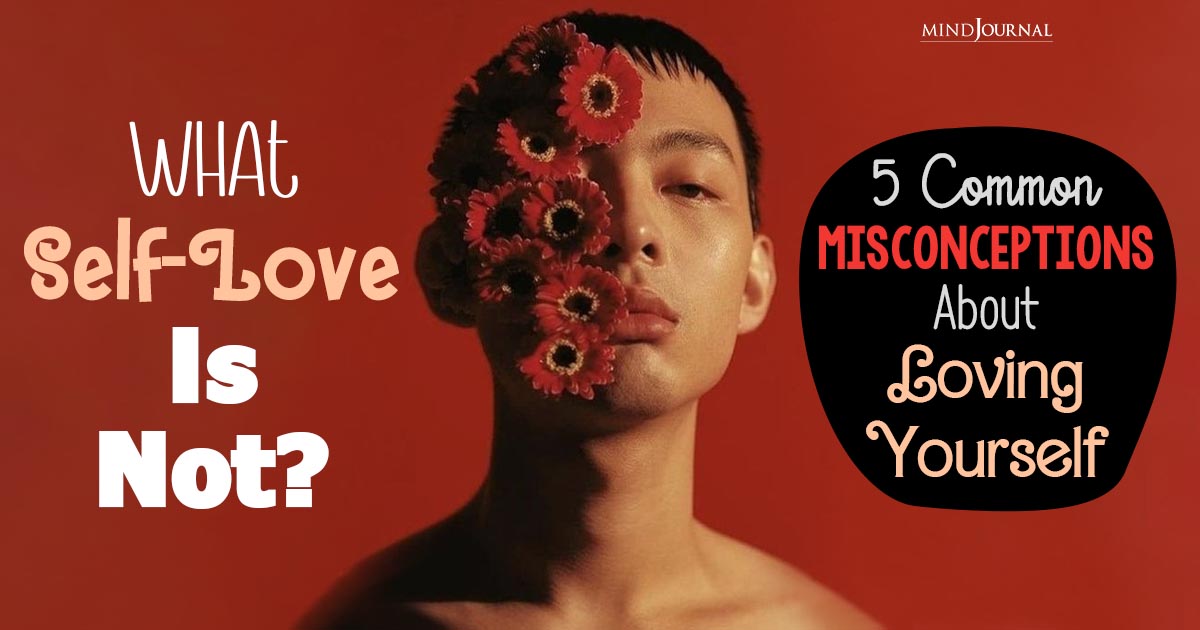
Leave a Reply